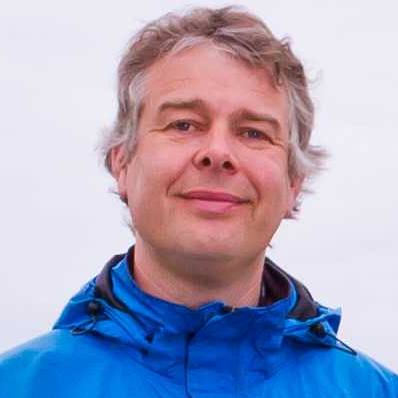Coastal Dune Dynamics and Management
A special issue of Journal of Marine Science and Engineering (ISSN 2077-1312). This special issue belongs to the section "Coastal Engineering".
Deadline for manuscript submissions: closed (1 April 2019) | Viewed by 39218
Special Issue Editors
Interests: nearshore waves; currents; coastal geomorphology; nourishments; aeolian processes; remote sensing; climate-change impacts
Special Issues, Collections and Topics in MDPI journals
Special Issue Information
Dear Colleagues,
Coastal dunes are natural, intrinsically-important landforms, located at the terrestrial–marine boundary. In addition to providing habitats for a diverse community of animal and plant species, they also provide a wide range of services to humankind. For example, they act as a vital natural safety barrier against marine flooding, serve for the production of drinking water, and offer recreational opportunities. Dune systems are highly dynamic habitats whose evolution is inextricably linked to the neighbouring beach through the incessant exchange of sand by marine and aeolian processes. A solid understanding of dune dynamics is critical if wish to manage our dunes in a sustainable, climate-resilient manner. This Special Issue, building on the success of the JMSE issue ‘Coastal Morphodynamics’, has been launched to compile state-of-the-art knowledge and future perspectives on coastal dune dynamics and management. It aims to investigate the complex interactions between winds, waves, sand, vegetation, the geomorphology of the beach–dune system, and humans shaping coastal dunes. The focus will be on the foredune—the shore-parallel dune ridge closest to the sea that formed on the upper beach by Aeolian depositional processes—as well as its secondary features, such as blowouts, and its link with the beach and the inland dunes. We invite original scientific contributions on topics including:
- Foredune erosion and recovery, including beach–dune interaction,
- Storm–wave processes and associated sand transport,
- Aeolian process dynamics, including airflow patterns,
- Blowouts,
- Wind–sand–vegetation interaction,
- Dune biodiversity and its management,
- Dune restoration projects,
- Novel observation techniques to quantify dune dynamics, and
- Climatic and relative sea–level change influences on coastal dune evolution.
Contributions can be based on field observations, including remote-sensing techniques, such as airborne LIDAR and UAV photogrammetry, laboratory experiments, and/or modelling.
Prof. Dr. Gerben RuessinkDr. Christian Schwarz
Guest Editors
Manuscript Submission Information
Manuscripts should be submitted online at www.mdpi.com by registering and logging in to this website. Once you are registered, click here to go to the submission form. Manuscripts can be submitted until the deadline. All submissions that pass pre-check are peer-reviewed. Accepted papers will be published continuously in the journal (as soon as accepted) and will be listed together on the special issue website. Research articles, review articles as well as short communications are invited. For planned papers, a title and short abstract (about 100 words) can be sent to the Editorial Office for announcement on this website.
Submitted manuscripts should not have been published previously, nor be under consideration for publication elsewhere (except conference proceedings papers). All manuscripts are thoroughly refereed through a single-blind peer-review process. A guide for authors and other relevant information for submission of manuscripts is available on the Instructions for Authors page. Journal of Marine Science and Engineering is an international peer-reviewed open access monthly journal published by MDPI.
Please visit the Instructions for Authors page before submitting a manuscript. The Article Processing Charge (APC) for publication in this open access journal is 2600 CHF (Swiss Francs). Submitted papers should be well formatted and use good English. Authors may use MDPI's English editing service prior to publication or during author revisions.
Keywords
- foredune
- dune-beach interaction
- Aeolian processes
- dune erosion
- dune recovery
- wind-sand-plant interactions
- biogeomorphology
- dune ecology
- dune restoration
- dune management






